Gain Trust. Grow Influence. Get Customers. The Big on Creative and Small on Bother social media business blog.
In this blog, I share with you 8 practical tips to help you uncover a gold star social media engagement strategy for your rural or regional business.
Do you have a social media engagement strategy? Smart brands working across rural industry have one! Taking the time to develop a strategy will make the most out of your investment on social media.
If you’re just starting out, I’ve put together 8 practical starter tips to head you down the right road with your social media engagement strategy.
1: Know your audience (inside and out)
Who is your audience? Why are they on social media? What do they find useful, helpful, engaging and worth sharing with their friends? What’s going on for them in their work and professional lives? At what times do they reach out to engage or seek solutions? Each audience group will be different depending on the industry they work in, region they work across and the issues they are facing (the season, labour needs, external and internal working environment etc).
Find out where your audience is and how they are communicating!
2: What gives your audience their kicks?
Understand how your audience gets their kicks. What do they get when they click your link, read your message or share your video or slidedeck? It comes back to the tried and tested notion of What’s In It For Me (WIFM).
When you know the preferences of your audience you can place them at the heart of your social media content strategy; doing this sets your sails for success in reaching greater engagement.
3: Identify and promote your brand promise
What does your brand stand for? What can your audience consistently expect to benefit from when interacting with your brand? That is your brand promise. Know it and consistently promote it! Do it in a way that adds value to your audience.
4: Select platforms that have impact in your industry
Where is your industry maximizing its engagement? Twitter, Facebook, Instagram, Pinterest, LinkedIn, Snapchat? A clue to finding out where you should be is to research your industry mentions on these platforms, as well as your competition! Here are some free tools to help you find out where you’re being mentioned: Mention, TalkWalkerAlerts, BuzzSumo, SocialBakers.
5: Optimise content for engagement
Are you adding value to your audience (whilst meeting your strategic goals) with each and every post? Take the time to craft your content so it it’s useful, helpful and insightful. What does all of this mean? Well, something your specific audience can learn from, share with others and engage with!
Most critical of all, know how what you are posting will help you meet your end goal! That is, understand what it is you wish to achieve with each post. Is it to raise awareness of an event or get people to register their details to receive your marketing news? Your approach will change depending on the outcome you want. Be clear on your content goal from the get-go!
6: Build visual campaigns into your content strategy
An image connects with readers on an emotional level in seconds. Images and video get more interaction than any other type of content on social media. Nearly 90{187753eb4e0ecd49fb1b634aafcf044ec0928803ad1f883f94d25c1c9db78f72} percent of the most shared posts on Facebook use images! Think about what visual themes and stories will resonate with your audience most – this comes back to point 1, knowing your audience. Get creative with your Iphone, Ipad and image editing tools (my favs are Canva.com and picmonkey.com) and get visual!
7: Drill down into the who, what, when and how of how your social media strategy
Who and What: Who will create the content and what will it look like?
When: When is the best time to publish and on what platform?
How: What tools will be used to manage and monitor, analyse and report on your social media marketing efforts?
8: Measure engagement and optimize your strategy
How will you know if your strategy is successful?
The first step is to identify and measure the key social media metrics that matter to your success (the metrics will depend on your objectives). Then, find the tools to help you measure it! I use a combination. Just starting out? No worries, Simply Measured, Google Analytics and Hootsuite Pro are all accessible and affordable tools to help you measure your social media performance. Social media platforms also have their own reporting features, for example, I’m a big fan of Facebook Insights.
My other recommendation is to get the team together and chat about what the data is telling you. Look at how and why some posts are outperforming others. Do more of what’s working and less of what’s not. Use insights to optimize your content strategy for the upcoming month.
Over to you! I’d love to hear how a strategy has ensured measured growth for your brand on social media!
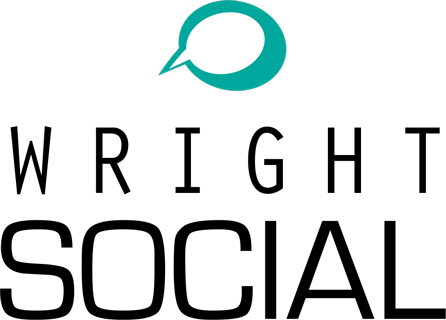

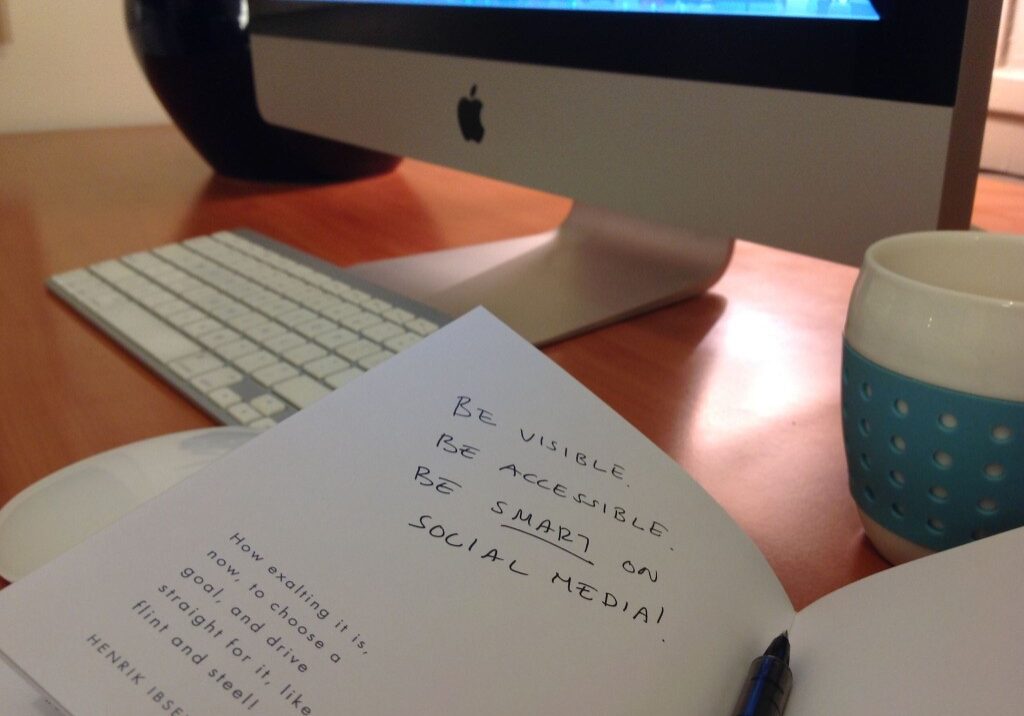
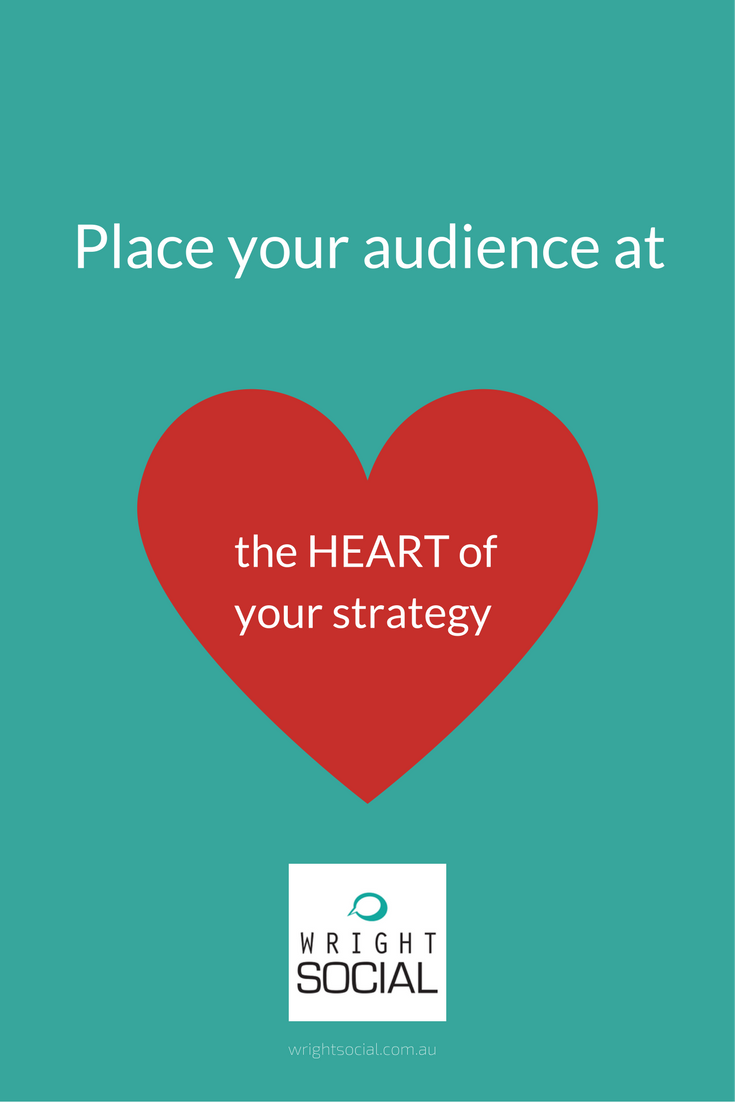
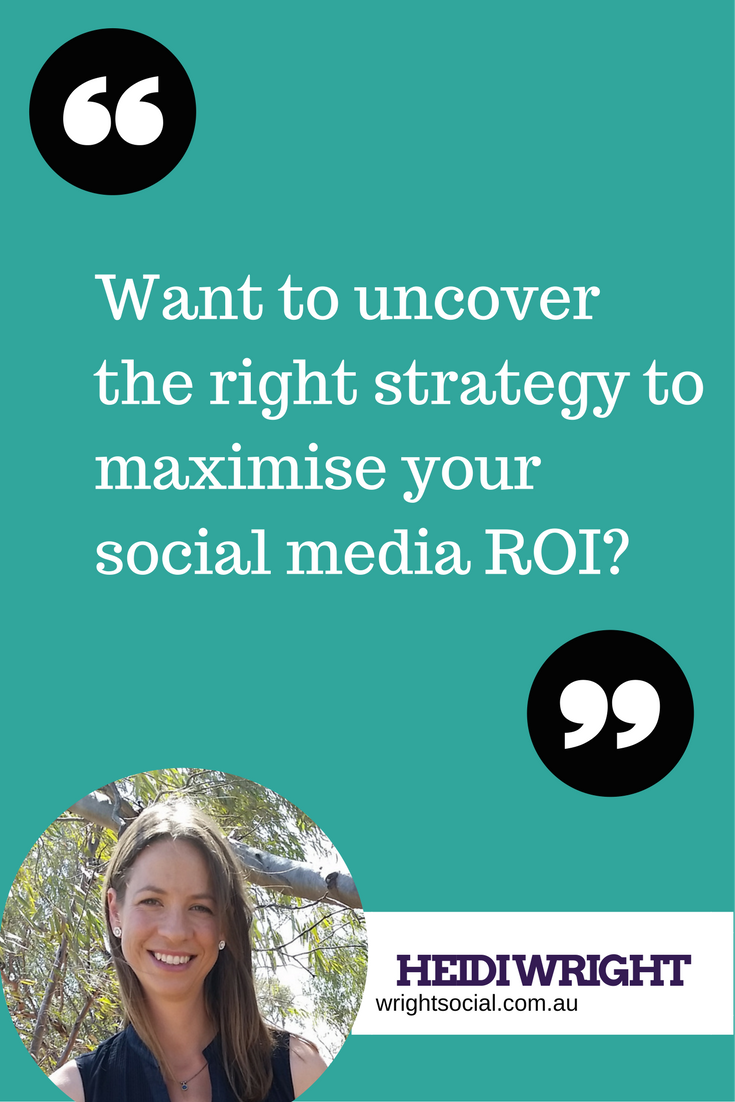
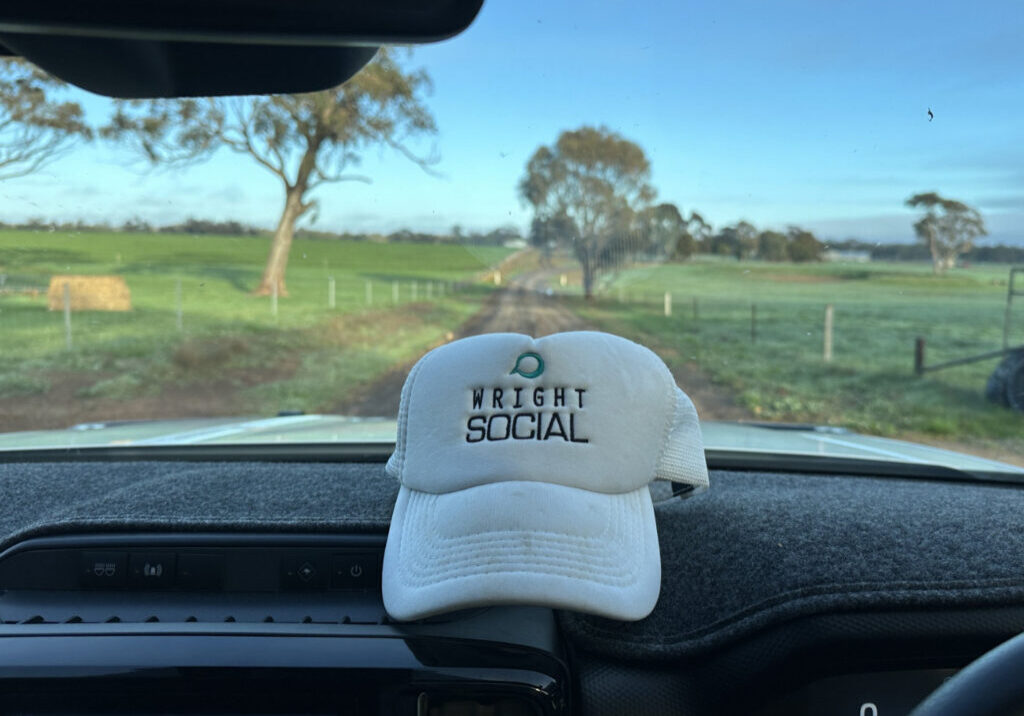
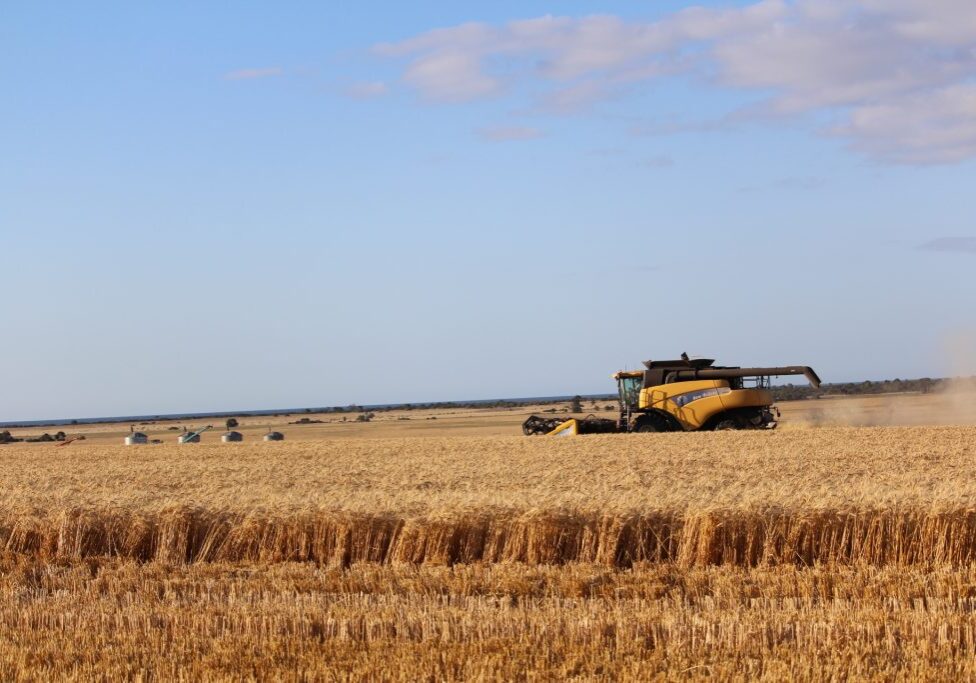
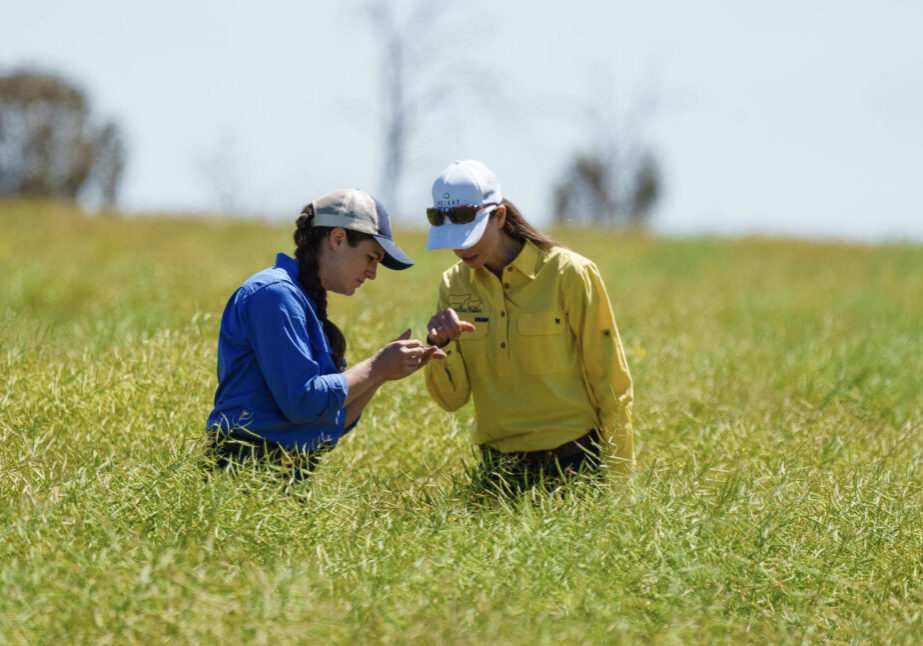
Leave a Reply